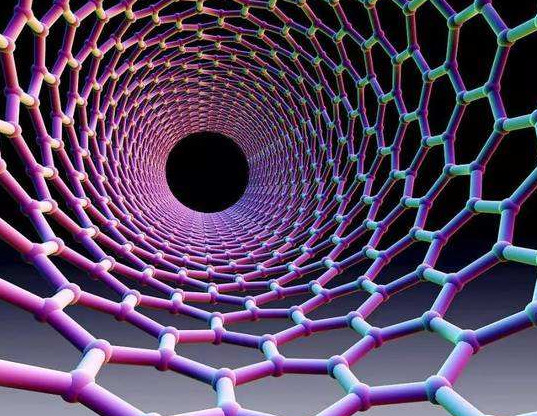Graphene batteries create miracles
The China Securities New Energy Vehicle index rose as much as 4.1 percent after a strong rally in lithium-ion shares on the Chinese stock market. Brokerages said lithium enterprises would usher in marginal expectations, and currently, it may be the best time to layout power/energy storage lithium batteries.
According to a securities research report, the price of lithium carbonate in the upstream resource end continues to hit a new high, which reflects the shortage of lithium mineral resources, and lithium has become one of the core elements of the development of the lithium electricity industry. In 2022, global demand for lithium carbonate continues to grow strongly, while the supply-side growth is relatively limited. And, because related mining enterprises experienced the last lithium down cycle, they would expand Graphene are expected to rise.
Graphene polymer batteries will cost 77 percent less than lithium-ion batteries and weigh only half the weight of conventional batteries.
Consumers favor electric vehicles because of their cleanliness, and the current battery capacity and endurance are somewhat prohibitive, but this headache may be solved.
According to "Le Monde," the Spanish company Graphenano (a company that produces graphene on an industrial scale) has cooperated with the University of Corvado in Spain to develop the first graphene polymer battery, and its power storage is three of the best products on the market. An electric vehicle powered by this battery can travel up to 1,000 kilometers, while its charging time is less than 8 minutes.
Graphene plans to put the battery into production in 2015 and plans to conduct trials with two of Germany's big four car companies, which are not yet convenient to name, with electric vehicles this month.

The current star car in the electric car industry, Tesla chairman and product architect Elon Musk, boldly predicted in an exclusive interview with the British car magazine "AutoExpress" that the future cruising range of electric cars is expected to reach about 800 kilometers. The combined production of this graphene polymer battery and automobile may lead to a new cruising range in the electric vehicle industry.
Graphene, the thinnest and hardest material in the world, came out in 2004, and its discoverer, Professor Andre Heim of the University of Manchester, UK, won the Nobel Prize in Physics in 2010.
The graphene polymer battery has a long service life, four times that of conventional hydrogenated batteries and twice that of lithium batteries. And due to the characteristics of graphene, the weight of this battery is only half of that of traditional batteries, which makes the car loaded with the battery lighter, thereby improving the fuel efficiency of the car.
Although this battery has various excellent properties, its cost is not high. The relevant person in charge of Graphenano said that the cost of this battery would be 77% lower than that of lithium batteries, which is completely within the range of consumers.
In addition, in areas such as automotive fuel cells, graphene is also expected to bring revolutionary progress.
There is often fuel leakage on the existing proton film, which reduces the effectiveness of the battery, but protons can easily "traverse" two-dimensional materials such as graphene, while other substances are difficult to pass through, which can solve the problem of fuel penetration and increase the battery effectiveness.
Graphene films can be used to extract hydrogen from the atmosphere, suggesting that the material can be more easily extracted from the air when combined with fuel cells. Professor Karnik of the Massachusetts Institute of Technology pointed out in the comments that this latest study confirms that the 2020 proton exchange membrane transport performance target set by the US Department of Energy has theoretically been reached.
This ground-breaking research has brought new discoveries to human understanding of the properties of materials such as graphene and is expected to bring revolutionary progress to the fields of fuel cells and hydrogen-related technologies.
High-quality graphene supplier
Luoyang Moon & Star New Energy Technology Co., LTD, founded on October 17, 2008, is a high-tech enterprise committed to developing, producing, processing, selling, and technical services of lithium-ion battery anode materials. After more than 10 years of development, the company has gradually developed into a diversified product structure with natural graphite, artificial graphite, composite graphite, intermediate phase, and other negative materials (silicon-carbon materials, etc.). The products are widely used in high-end lithium-ion digital power and energy storage batteries. If you are looking for Lithium battery anode material, click on the needed products and send us an inquiry:sales@graphite-corp.com.
The resurgence of the global COVID-19 pandemic and the impact of the Russia-Ukraine conflict continued to cause high volatility in commodity prices. Stubbornly high inflation and rising commodity prices are likely to influence each other and thus push each other higher. The price of the Graphene may not decrease significantly in the short term.
Inquiry us